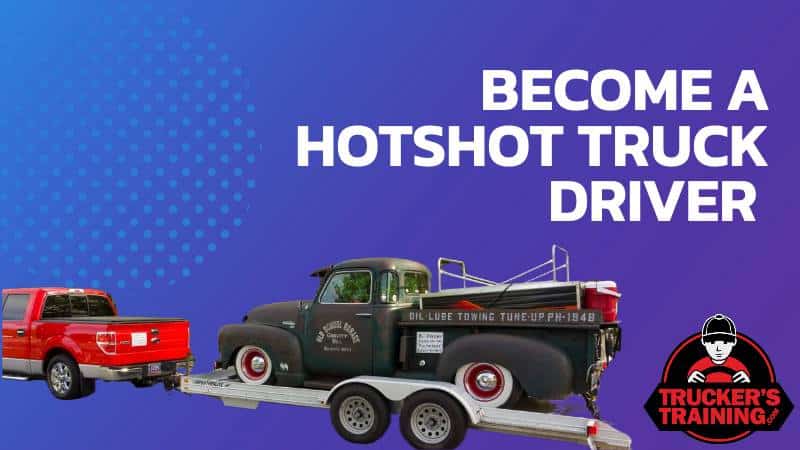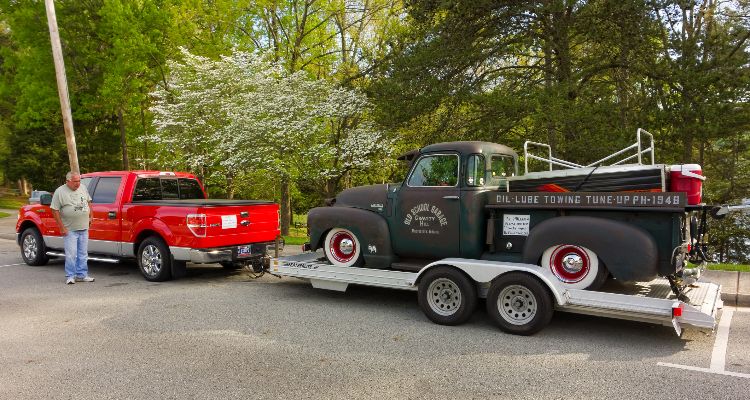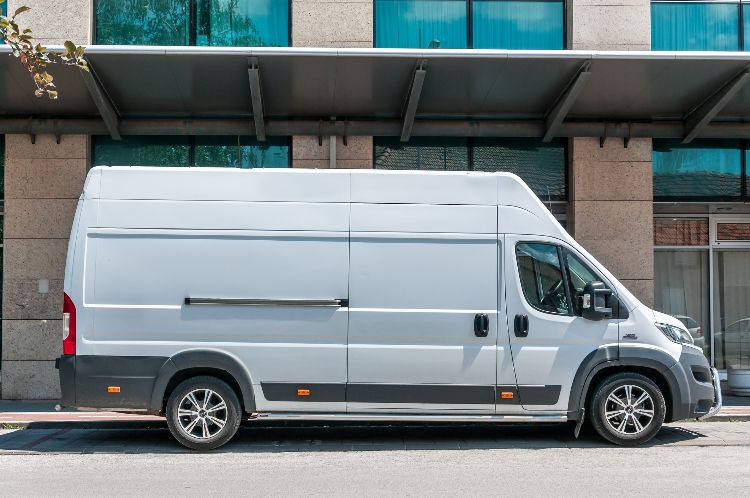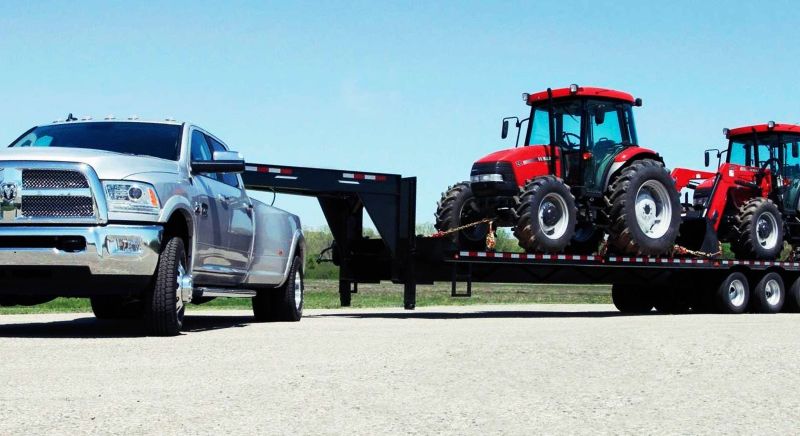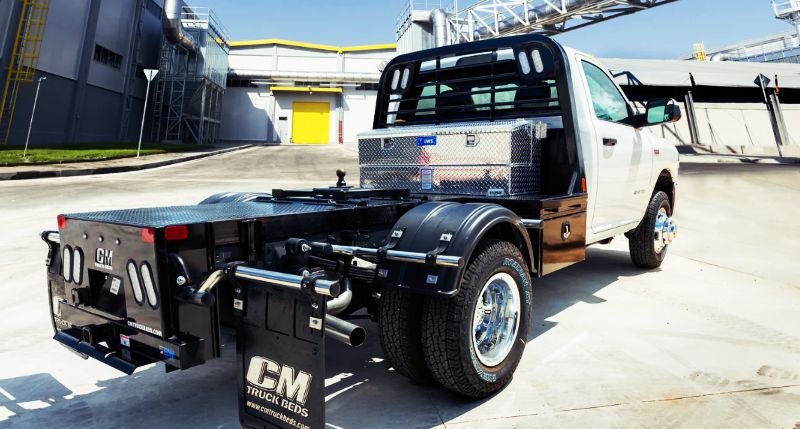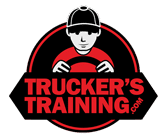Hotshot trucking, also known as expedited freight shipping, is a driving job that demands flexibility, stamina, and the ability to work under pressure. If you don’t mind long hours on the road, hot shot trucking just might be the thrill ride you’ve been looking for.
What is Hotshot Trucking?
Hot shot trucking refers to the expedited delivery of cargo by truck over short or long distances. As a hot shot trucker, you pick up and quickly transport freight for clients on tight deadlines.
You’ll drive smaller trucks, usually straight trucks, cargo vans, or pickup trucks with trailers attached. Since you’re moving time-sensitive loads, you can expect irregular hours, tight delivery windows, and lots of night driving. Routes may be hundreds of miles long, so you’ll spend lots of time on the road.
To become a hot shot trucker, you’ll need a commercial driver’s license (CDL) and additional certifications to haul certain types of cargo. Some experience in trucking, logistics, or delivery driving is useful. Strong customer service, time management, and navigation skills are also essential.
While demanding, hot shot trucking can be rewarding work. You’ll provide an important service enabling clients to meet critical shipment deadlines.
What do Hot Shot Truckers do?
As a hot shot trucker, you haul important cargo on short notice. Your job is to pick up critical freight within a tight delivery window and get it where it needs to go, fast. That could be anything from heavy equipment and machinery to temperature-controlled medical supplies. Speed and reliability are key.
Using a standard truck and trailer, you drive solo or with a teammate, traveling several states over to make same-day or next-day deliveries. It’s demanding work with long, irregular hours, but for the right driver, it can be a rewarding career with the potential for high pay.
If hitting the open road and tight deadlines energize you, hot shot trucking could be a great fit.
Truck and Trailer Types Used For Hot Shot Hauls
The most common types of trucks used for hot shot hauling are:
Pickup Trucks
For small, lightweight loads, many hot shot truckers use large pickup trucks like GMC Sierra 3500 or Ford F-350. These are ideal for hauling things like documents, small machine parts, or other compact cargo.
Cargo Vans
For a bit more space, cargo vans such as the Chevrolet Silverado 4500 HD or Ford F-450 are popular options. These vans offer a larger cargo area so they can carry more substantial freight.
Gooseneck Hotshot Trailer
The stability of goosenecks and their tight turn radius make them perfect for narrow roads. Gooseneck trucks are typically 40 feet in length, but longer trailers can allow you to carry more cargo. Check any laws and regulations in your state regarding the size, weight, or amount of cargo that you are allowed to haul.
Dovetail and Step Deck Shipping Trailers
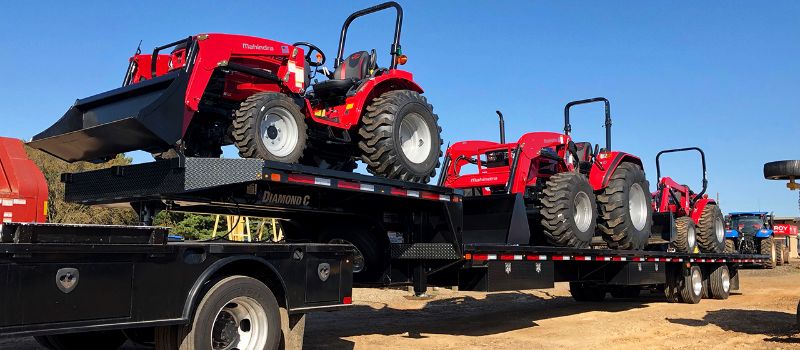
Dovetail or Step Deck Shipping trailers are ideal for transporting motorized vehicles, such as automobiles. Dovetail Trailers are not only affordable but also well-known, which makes it easier to sell them when you are done using them.
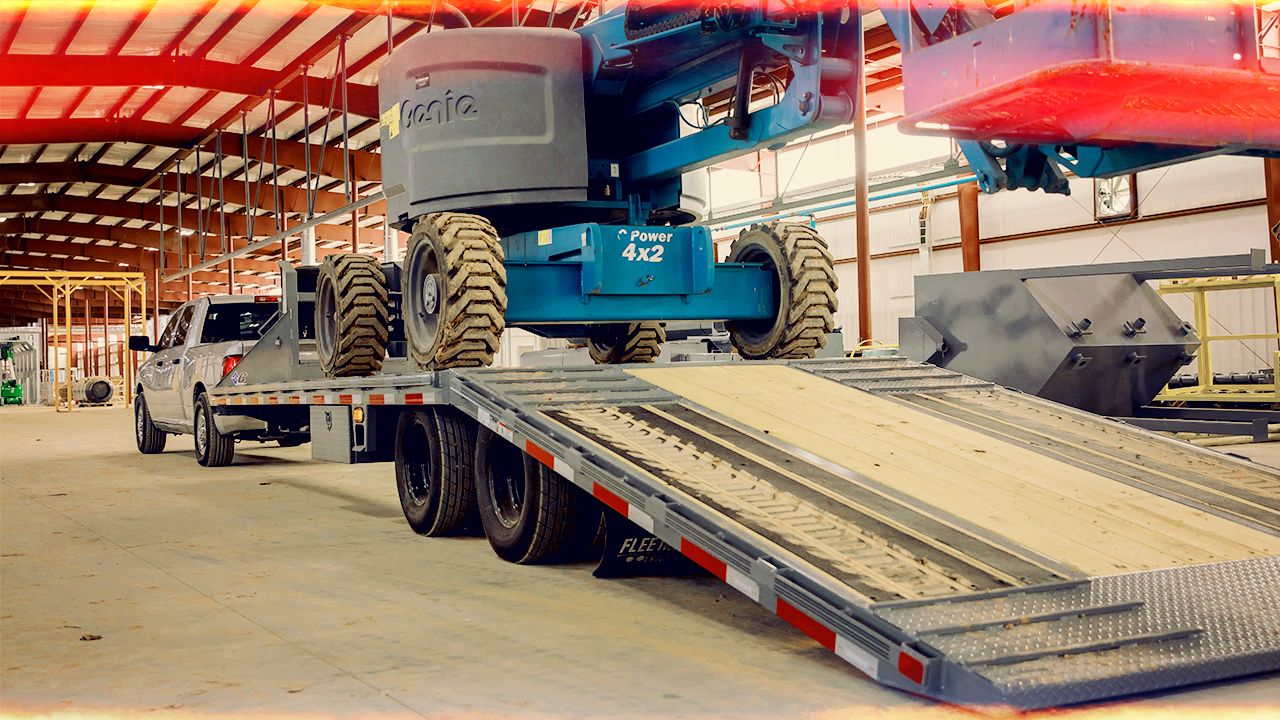
In the end, the specific truck and trailer used depends entirely on the size, weight, and type of cargo needing to be transported for each individual hot shot load.
How Much Do Hotshot Drivers Make?
Hotshot trucking can provide a decent living if you own your own truck. An independent contractor hotshot driver can make around $55,000 per year or $26 an hour. Rates pay around $1.5 per mile. Also, many hotshot truckers charge by the load rather than by the mile. This can result in even more pay. Loads pay depending on the cargo, weight, and distance. Hauling oversized or specialized equipment often pays the most.
Pros of Hotshot Trucking
One of the biggest pros of hotshot trucking is the potential to earn a high income. As an owner-operator, you keep a larger portion of what you make per load. If you own your own truck outright, your profits can be quite substantial.
The job also offers a great deal of independence and flexibility. You can choose which loads you want to haul and when. There’s no boss telling you where to go and when to be there. If you want to take time off, you can. As long as you complete the deliveries you commit to, you’re in control of your own schedule.
Operating costs for a hotshot trucking business are typically lower than a traditional semi-trucking company. You only need a Class 3 or Class 4 pickup truck and gooseneck trailer to get started, so initial equipment costs and ongoing expenses like fuel, maintenance, and insurance are more affordable.
Cons of Hotshot Trucking
As with any job, hotshot trucking has some downsides to consider:
- Irregular hours. Hotshot loads often need to be delivered on tight deadlines, so you may end up driving late nights or early mornings to meet delivery times. This can lead to an inconsistent schedule that disrupts your sleep and personal life.
- Physical demands. Loading, unloading, and securing cargo can require a lot of physical exertion. You’ll need to be in good shape to handle moving heavy equipment and supplies. Driving for long hours in a confined space also takes a physical toll.
- Unpredictable pay. While hotshot trucking has the potential for high earnings, the pay can vary significantly from week to week based on the number and types of loads you haul. There may also be periods where work is scarce and pay is low. You have to prepare for fluctuations in your income. Plus the market is also competitive.
- Expenses and risks. As an independent contractor, all costs like fuel, maintenance, and insurance are your responsibility. This can reduce your overall pay. There are also risks like accidents, injuries, or damage to your truck or cargo that could end up costing you money. You have to ensure each load is profitable despite these potential expenses.
Hotshot trucking definitely has significant rewards, but go into it with realistic expectations about the potential downsides of the job as well.
How to Become a Hotshot Driver?
To become a hotshot driver, you need to meet some basic requirements and go through proper training.
Licensing
You’ll need a Class D driver’s license and a commercial driver’s license (CDL) in some cases. The specific CDL class depends on the size of the truck and trailer you’ll be driving. Double-check with your state’s requirements, as they can vary. You may also need additional endorsements to haul certain types of loads.
USDOT number
The United States Department of Transportation number (USDOT), is an identification code that’s needed to report safety incidents and conduct audits. The Federal Motor Carrier Safety Administration website is where Hotshot drivers may apply for their USDOT numbers. A USDOT is necessary for hauling clients’ cargo.
Equipment
Most hotshot drivers operate pickup trucks. Models of trucks are chosen based on how much cargo you will be hauling for your clients. Hotshot drivers often pull trailers for cargo. Consider the load you will be hauling, the equipment, and the weight of that load. Also, ensure your vehicle is capable of pulling a trailer.
Basic mechanical skills and knowledge are also useful as a hotshot trucker. You may encounter minor repairs needed in remote areas. While not always required, being able to troubleshoot and fix small issues with your truck and trailer will minimize downtime.
Physical Ability
Driving for long hours, loading and unloading cargo, and securing loads requires physical ability and stamina. You must be able to lift at least 45 lbs and walk with it 3 miles. Hotshot trucking can be a demanding job physically, so you need to maintain good health and fitness.
Register Business
Registration is required by those planning to open a hotshot. The federal income tax ID is issued to you when your business is registered. You can open an account in your company’s name and hire workers with the EIN.
Finding Work
Networking and Marketing Yourself
Many hotshot drivers are owner-operators, meaning they own or lease their own trucks and work as independent contractors. You can find work by contracting with national hotshot carriers, freight brokers, or shippers in your area that need expedited shipping and delivery services. Be prepared to market your services, build a customer base, and negotiate rates. Some drivers start out working for an established hotshot carrier to gain experience first.
The next step is to build relationships with local freight brokers, trucking companies, and shipping hubs like distribution centers or ports. Let them know you’re in the hotshot business and ready to haul urgent or high-priority loads for them. Market your services to companies that frequently need last-minute deliveries or have time-sensitive cargo.
Load Boards
Online load boards are virtual marketplaces where shippers and freight brokers can post loads for hotshot truckers to haul. These platforms are incredibly valuable for both newcomers and seasoned professionals in the trucking industry. With real-time updates, they provide a constant stream of potential work.
Truckers can filter loads based on factors like location, type, and weight, allowing them to find jobs that perfectly match their equipment and capabilities. Some well-recognized online load boards include DAT, Truckstop.com, and FreightFinder. These platforms may require a subscription fee, but they offer access to a vast network of shipping needs, which can make the investment worthwhile.
Conclusion
So there you have it, an inside look at the exciting world of hot shot trucking. While it’s not for everyone, for those with an independent spirit and a thirst for adventure, hot shot trucking could be a rewarding career path. If you think you have what it takes to handle the challenges of hot shot trucking, the freedom of the lifestyle and the potential for good pay may make it worth the effort to get started.

Sasha is a freelance writer for TruckersTraining.com and an entrepreneur. She has 10+ years experience as a writer with expertise in the transportation, business and farming industry. She is a wife, a mother, and co-owner of DreCampbell.com.
